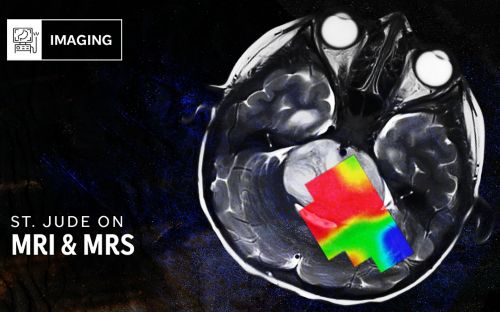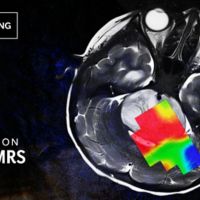St. Jude on Therapeutics: 5 Discoveries to Explore

Explore some of the discoveries chronicled in the series St. Jude On Therapeutics.
Anang Shelat, PhD, walks through 5 Discoveries to Explore from the St. Jude On Therapeutics series.
Hi, I’m Dr. Anang Shelat from the Department of Chemical Biology and Therapeutics at St. Jude Children’s Research Hospital, and here are 5 Discoveries to Explore about therapeutics.
Discovery One
Scientists at St. Jude are leveraging the latest chemical technology to degrade proteins in a targeted way, thereby removing them from a cell, called proteolysis targeting chimeras (PROTACs). Drs. Jun J. Yang and Zoran Rankovic developed a PROTAC for a target called LCK in high-risk leukemia, effectively eliminating the LCK protein and killing leukemia cells.
Find out more: Targeted protein degradation to treat cancer
Discovery Two
The most severe class of epilepsy disorders, developmental and epileptic encephalopathies (DEE), are challenging to treat. At St. Jude, Dr. Heather Mefford is identifying mutations that cause DEE in patients and determining their biological implications to help develop precision therapies.
Find out more: Genomic underpinnings of epilepsy hold therapeutics clues.
Discovery Three
One of the fundamental mechanisms of our body, transcription, is how genetic information in DNA is copied into mRNA to be later translated into a protein. At St. Jude, my collaborators and I are investigating how best to design a drug for an undruggable aspect of transcription using bromodomain inhibitors. We developed a series of inhibitors that target the bromodomain and extraterminal (BET) family of proteins, which can potentially treat cancer and other diseases.
Find out more: The road to drugging the undruggable.
Discovery Four
The genetic mutation that causes sickle cell disease affects the formation of beta-globin (a subunit of hemoglobin) in red blood cells, causing them to sickle in shape. At St. Jude, Dr. Mitch Weiss is leading research that uses genetic editing to turn on fetal hemoglobin production in adults, circumventing beta-globin. The researchers have published their proof-of-principle showing that in doing so, gene editing techniques could be used to potentially cure sickle cell disease.
Find out more: Gene editing holds the promise of a sickle cell cure.
Discovery Five
In the lab, it is possible to design and synthesize molecules to carry out a specific purpose, including synthetic DNA binding molecules. Dr. Aseem Ansari studies such synthetic molecules by mapping their genome-wide binding properties in living cells. His lab discovered that these synthetic genome readers had a longer “dwell time” at genome regions with clusters of the targeted binding site. This realization opened the door for targeting a growing number of diseases that occur because of head-to-tail, tandem repeats of short 3-6 nucleotide sequences in a gene or its regulatory regions.
Find out more: The era of genome-targeted therapeutics.






